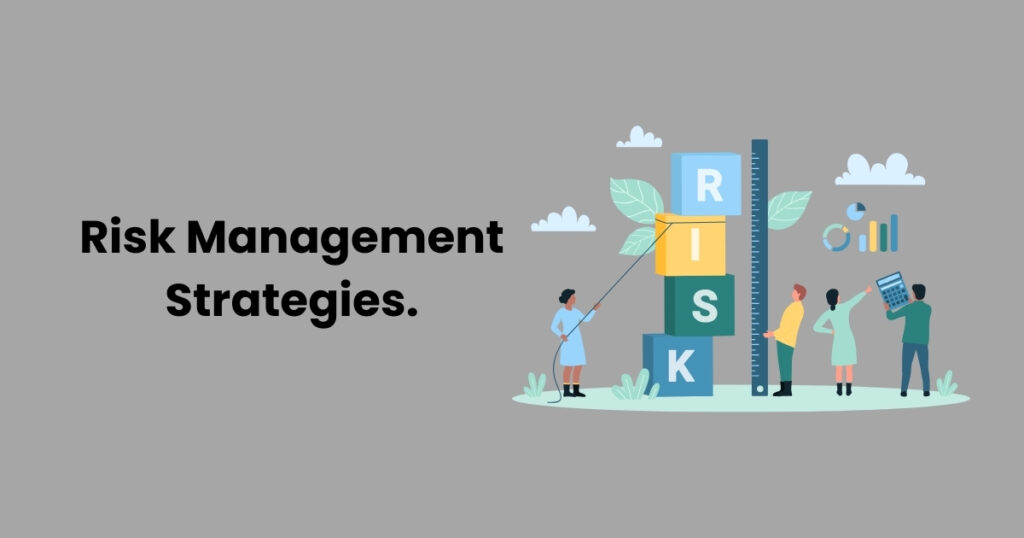Cryptocurrency trading has undergone significant transformation in a relatively short time frame with futures becoming the preferred vehicle for traders who wish to amplify returns and protect themselves from market volatility. It can differ to an extent from the regulations in other countries, so knowing these differences is important for new traders and seasoned pros alike. In the US there are options to copy trade crypto futures and this article breaks down step by step, important concepts for trading cryptocurrency (crypto) futures in US regulations along with strategies to successfully navigate through the complexities of these markets.
What are Crypto Futures?
Crypto futures refer to derivatives that derive their value from the price of a cryptocurrency. In contrast to spot trading, which involves you buying or selling the actual asset itself, futures are agreements between two parties where they commit themselves to either buy/sell a particular amount of assets at some future date for an agreed-upon price. It allows traders to utilize both rising and falling markets making it a much more versatile tool. While leverage is a feature of futures trading (where it allows investors to borrow money and therefore magnify potential gains but also losses), you must understand the basics first.
The U.S. Regulatory Terrain
The U.S. has very comprehensive laws on futures trading that are primarily regulated by the Commodity Futures Trading Commission (CFTC). Since the CFTC is responsible for supervising all types of derivatives to flatten their risks, likewise with crypto futures that they are on a similar note as regular stock indexes. For perspective, only a small subset of the platforms able to offer crypto futures contracts in the United States are so regulated — notably US national exchanges such as CME and Bakkt. Trading on unregulated exchanges can result in legal action and financial risks, so it is important to use an exchange that adheres to U.S. regulations.

Picking the Right Platform
Choosing the best platform to trade crypto futures in the USA is a very crucial step. Bitcoin futures trade on regulated exchanges like CME and Bakkt, giving traders a safeguarded arena for BTC trading. Some even have higher and lower contract sizes, different expiration dates, as well as margin requirements that can make it a bit of an overwhelming experience. They are also connected to legacy financial systems, broadening market access. Determine on which platform to trade; the best one is a site with high liquidity, lowest costs and good customer support that make it easier for you when trading.
Creating a Trading Account is your first step
Before you can begin to trade crypto futures, it is essential that you open a trading account with an exchange where your purchase will be regulated. Usually it consists of sharing personal data, passing the KYC (Know Your Customer) verification and connecting a bank account. After signing up, you can deposit and meet the margin requirements for future trading. The types of leverage and risk associated with spot contract trading differ during the listed contracts since it requires more margin to enter a position than is necessary for executing in futures.
The Important Concepts of Margin and Leverage
Margin and Leverage (Trading 101)futures trading. Margin is the upfront collateral you need to enter and keep a futures contract open, while leverage allows your initial capital to go farther. So a $1,000 investment could have controlled $10,000 in Bitcoins futures for instance with 10x leverage. But with great power comes equally high risk, as leverage is a double-edged sword and increases trades profits but also losses meaning it can drive you to get caught by the dreaded margin call when things go wrong. First things first: what is margin and leverage in futures trading — and why does it matter to you?
Executing a Trade
After your account is funded and you have a decent grasp of margin/leverage, then you quickly start trading! You do this by choosing whether you think the price of a cryptocurrency will go up or down. So if you are anticipating the price to go up, then buy (or long) a futures contract. In contrast, if you anticipate the price to fall, then shorten (sell) a futures contract. Market analysis tools are important when it comes to trading in the market, technical indicators or chart patterns give you an overview of what could be expected on which setup and they also help to reduce risks.

Risk Management Strategies
Risk management is everything in crypto futures trading. A popular tactic for instance is to use stop-loss orders that will automatically cut your position if the market moves too far against you. And this helps to avoid keeping losses small and preserving capital. As well to avoid unnecessary risks, diversify your trades and do not over leverage one position. You should also stay up to date with market news and updates since cryptos are influenced by outside forces such as regulation changes or top tech developments.
Understanding Expiry Dates
In this case, they are futures contracts with digital assets as the underlying. 1) Crypto Futures Contracts They have different expiration dates which will be settled on a date in sometime future That you need to know what these dates are means that they matter in how well, or poorly, you manage your trades. Other traders quite simply like to close their positions before that potential surprise announcement in case something goes wrong… or those who exit but re-enter and “rollover” the position into next term. This information makes you able to plan your trading strategy depending on the expiry date and shape it along with respect for any market view.
Tax Implications of Crypto Futures Trading
Profits from trading crypto futures are considered taxable income in the U.S, so it is crucial to consider tax consequences of trades. Futures gains will be treated as a capital gain for tax purposes (Bitcoin and many other cryptocurrencies are considered “property” by the IRS). The returns will either be short term or long-term capital gains depending on how long the security was held, and are subject to corresponding rates. Remember to keep your trading records and speak with a tax professional about how the specifics of your trades might affect you under new or existing laws.
Continuous Learning and Adaptation
This particular market is dynamic, fast-paced and hence there is a lot of learning curve associated with it. The markets change, often with new regulations or strategies_ic,c,new technology coming out regularly. It can help you in polishing your knowledge and the latest trend, attending webinars or joining Trading community assist to lift up trading skills. Moreover, you can trade with a demo account before investing real capital to gain confidence and fine-tune your strategies without risking financial loss.
Conclusion
Not people in the U.S. of course, this means that you can trade profitably by trading crypto futures but at a risk- capital cost Ashwell Knowing the regulatory terrain, selecting your platform and understanding core concepts of margin, leverage & risk management are some rules to make big in Futures trading. With information, practice in trading correctly and also learning every day you can begin your journey into the crypto futures field. As always, please trade responsibly and do not invest more than you can afford to lose.

